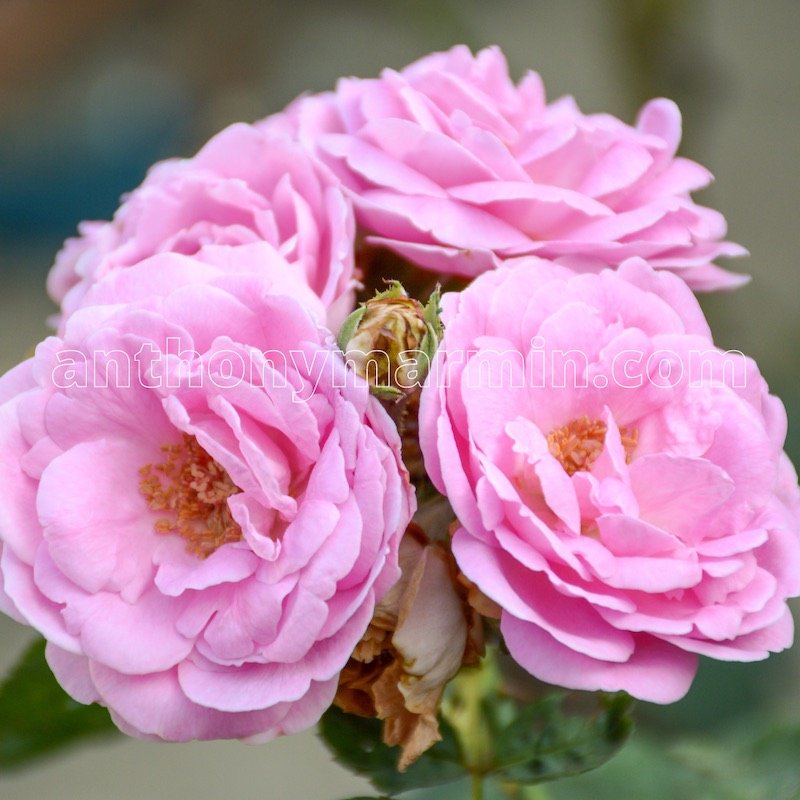Taif Rose, The Most Expensive Rose
There are roses, and then there is the Taif Rose, a flower whose beauty is not just seen or smelled, but felt. Cultivated in the cool heights of western Saudi Arabia, it is more than a botanical rarity. It is a symbol of refinement, of ritual, and of the high elegance that fragrance can hold.
The Scent of the Taif Rose
What distinguishes the Taif rose is not just its origin, but its olfactory signature. Compared to the common Damask rose, Taif rose is brighter, drier, and more refined, a bloom with around 30 delicate pink petals, each one radiating a fresh, honeyed warmth laced with light citrus facets and a powdery grace.
It is a rose of altitude, crisp yet intoxicating. Romantic, yet poised.
This rose does not fade quietly which is why it remains a favorite among perfumers who seek both purity and sophistication.
Grown exclusively in the highlands of Taif, a city perched above the deserts of Makkah, this rose thrives in cool mountain air and mineral-rich soil. Harvested only in the early hours of spring mornings, before the desert sun can strip its oils, it is treated with caution from the very first petal.
Its importance in Islamic heritage cannot be overstated. The Taif rose is traditionally used to perfume the Holy Kaaba in Mecca, anointing the sacred with its exquisite and unmistakable aroma.
A Journey Through Time and Cultures
Though rooted in Arabian soil, the Taif rose shares an intricate lineage with other legendary rose varieties. It is believed to be descended from the Damask rose, linked historically to Persian rose fields in Shiraz and Kashan. Its journey may have passed through India, and was likely carried westward during the Ottoman era, when the rose became a cultural export of both beauty and significance.
There are also echoes of similarity with Bulgaria’s famed Kazanlik rose, but Taif, with its altitude and arid purity, imparts a distinct identity that no other rose replicates.
It is not only admired in Saudi Arabia, but appreciated by perfumers across the Middle East and beyond.
The Art of Extraction
The extraction of Taif rose oil is a laborious craft. After harvesting, the petals are quickly steam-distilled in traditional copper stills. As the vapor condenses, it yields two results: rose water, and the precious attar oil, separated drop by drop.
To yield a single tola (approximately 12ml) of pure rose oil, tens of thousands of flowers are required—explaining why it is among the most expensive natural ingredients in perfumery, often priced above US$400 per tola.
The Taif Rose in Our Creations
At Maison Anthony Marmin, we use this rare rose with intention—never excess.
You’ll find its graceful presence in:
White Musk Taifi where it lends a crystalline freshness to soft white musks
Imperial Ambergris where it softens and uplifts the deep marine-animalic heart of ambergris


